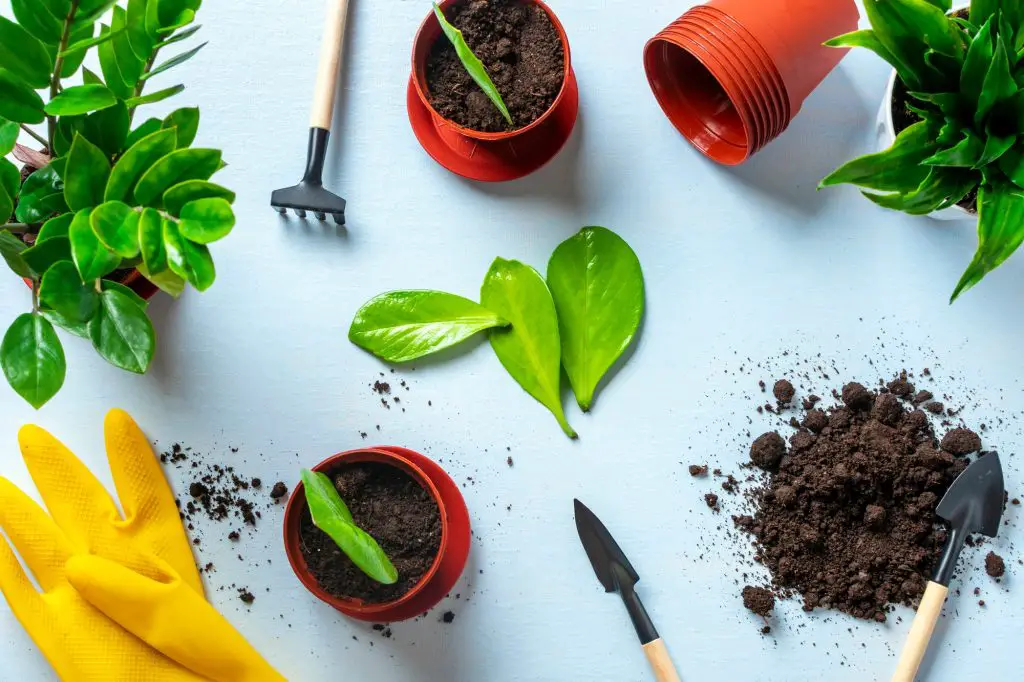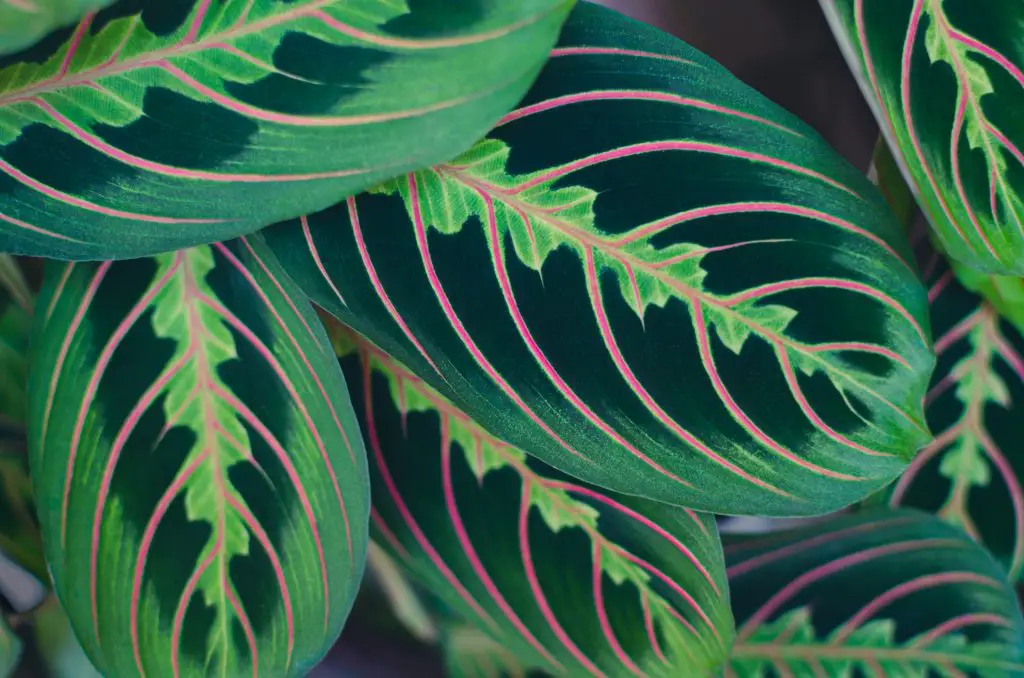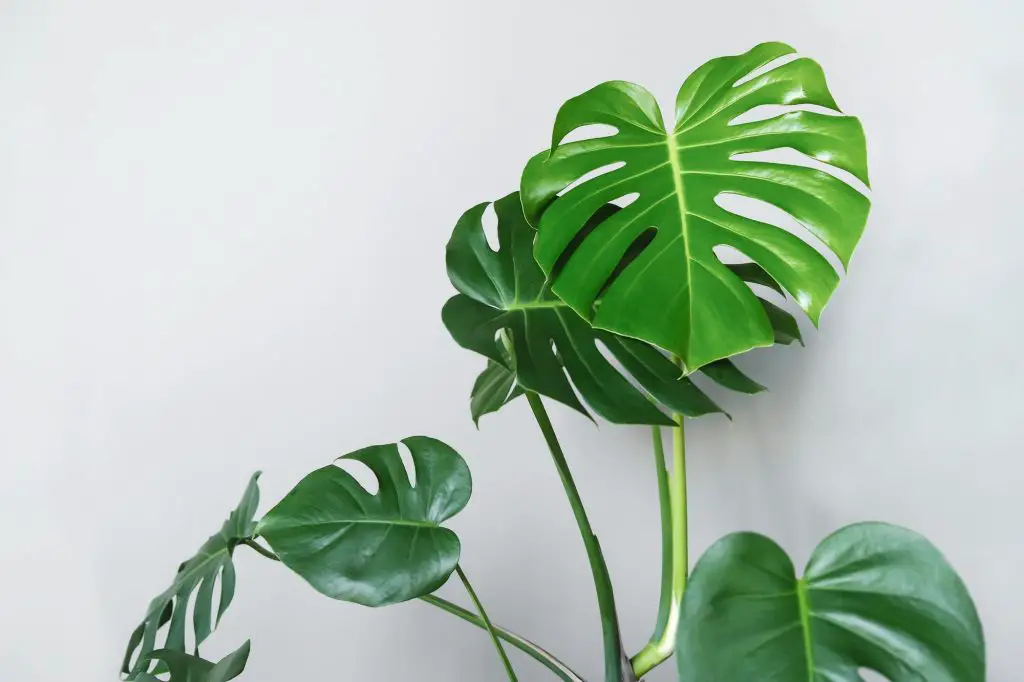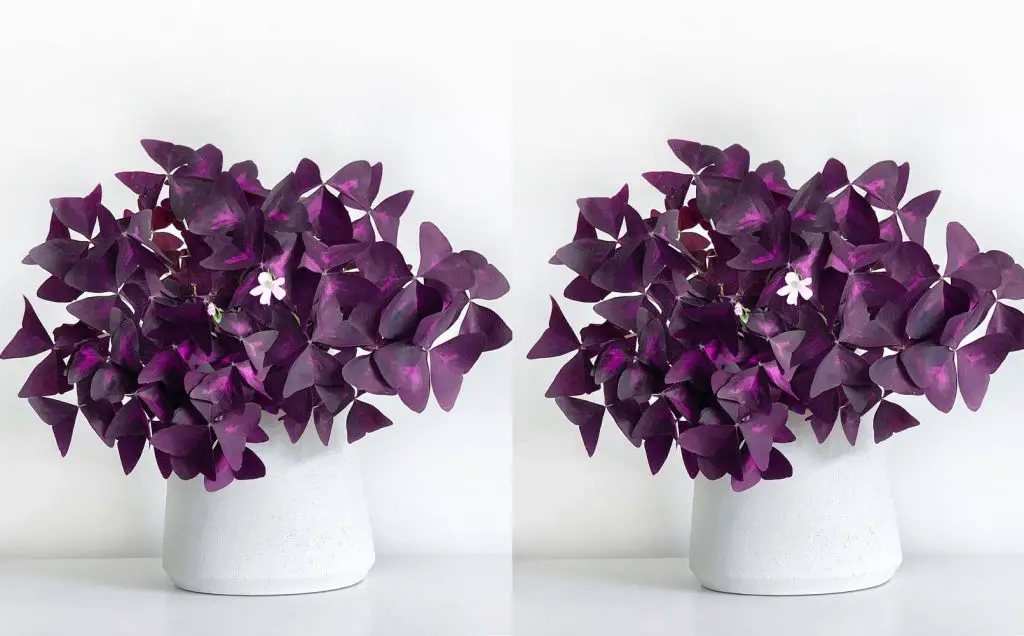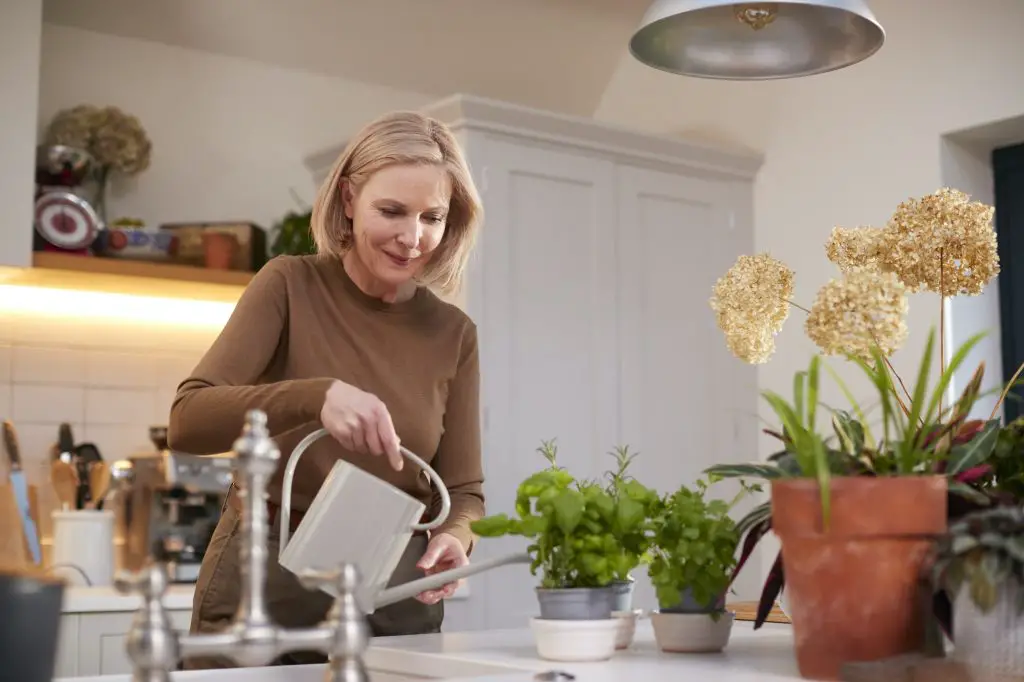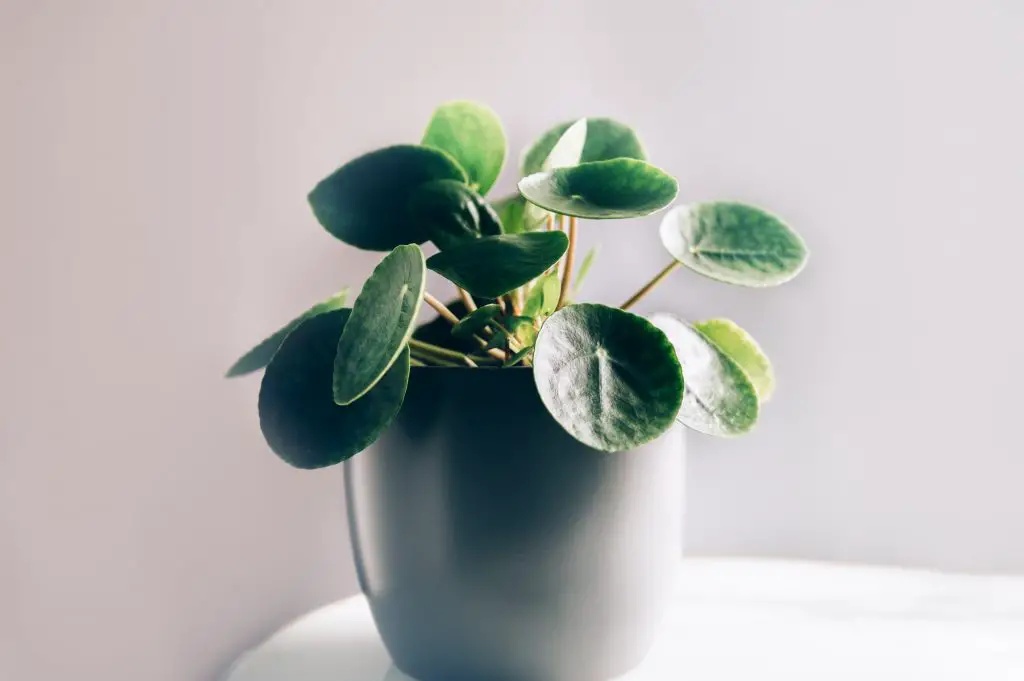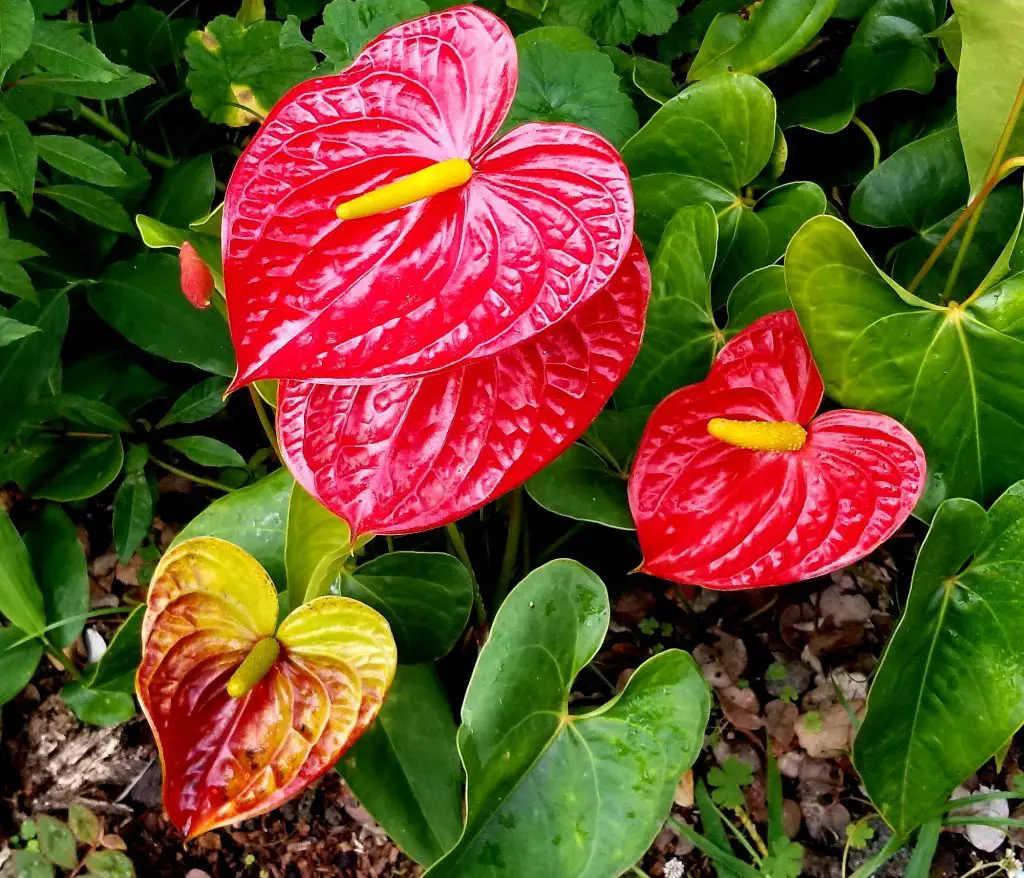Starting house plant propagation is always exciting considering the benefits it would bring you and your environment. However, when challenges affecting the thriving and blooming of house plant emerges, it may appear that past efforts have been futile.
To discover your favorite houseplant deteriorating in growth is always disheartening and to be clueless as to the reasons the houseplant may be dying is frustrating.
This is a complete guide explaining symptoms of a dying house plant, reasons they deteriorate, how to revive them, and how to prevent them from dying.
Table of Contents
How do I know my house plants are dying?
The following symptoms are indicators that show that your plants are no longer growing healthily:
- Leaves turning yellow.
- Fungus growing on soil.
- Leaves falling off at an alarming rate.
- Change of color in leaves from bright to dull; leaves turning brown.
- Leaves begin to wilt.
Why are my plants dying?
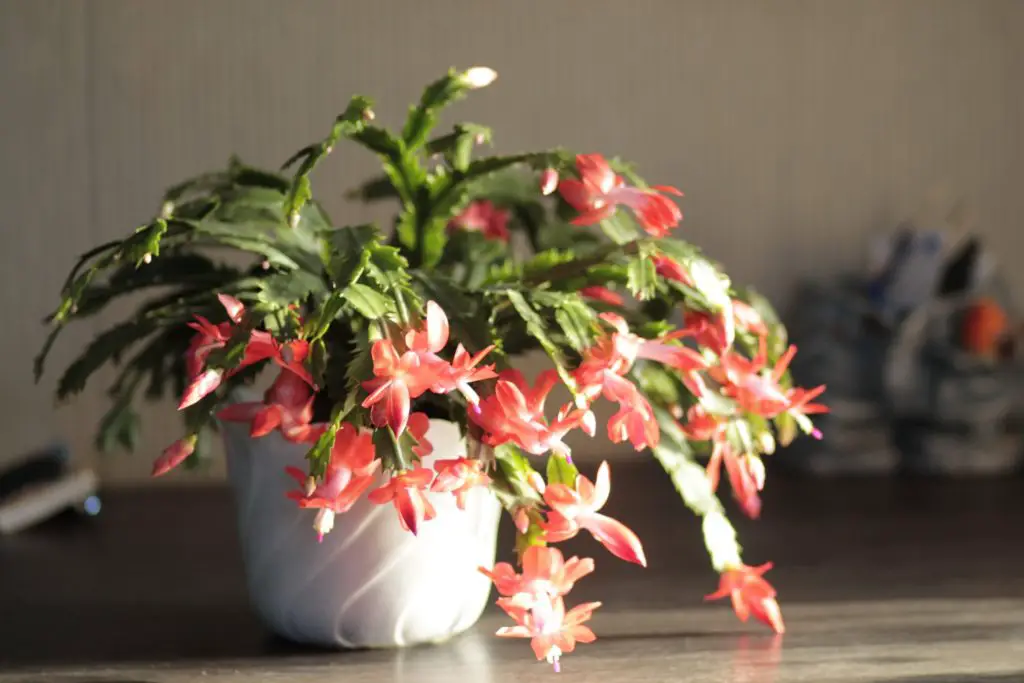
A decline in the growth process of a house plant is often caused by many factors. It is best to be familiar with indices that hinder the survival of your desired house plant before propagation to be adequately prepared for whatever issues comes during the process of propagation.
These are general factors that could be the reason your house plants are dying. Aggregation of all these factors contributes to a rapid decline in the growth process of the house plant.
1. Inadequate Lighting
Most houseplants require a sufficient amount of bright light, although, it varies depending on the type of houseplant and the variety of that house plant.
Generally, house plants thrive in environments where they get an adequate amount of bright light regardless of whether it is from sunlight or artificial light. When exposed to insufficient, a decline process starts with a change in the foliage appears before other signs start becoming prevalent.
Although most house plants require bright light, most do not do well with being exposed to bright direct sunlight. When exposed to direct sunlight for long, they are prone to lose their colors, an indication that the foliage appearance is being affected.
2. Improper Soil Mix
Your house plant is at risk of dying faster when propagated in inappropriate soil. This is why you are expected to study the nature of your plant and all that it entails to propagate it successfully.
Some house plants require organic soil without additional chemicals while some can thrive in either organic or inorganic soil. The soil mixture is always dependent on the type of houseplant and the variety.
Usually, house plants have to choose the environment the plant would be grown whether indoors and outdoors, if outdoors, whether pot grown or ground grown. All of these factors contribute to the soil mix suitable for your house plant.
3. Humidity level
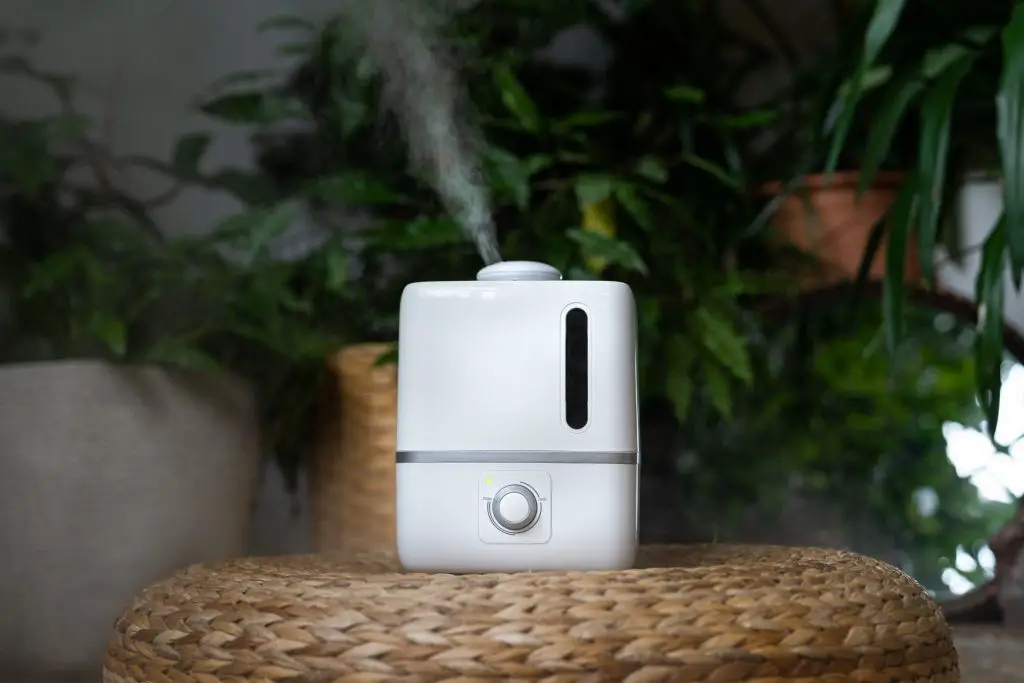
This is a major factor that contributes to the survival and thriving of your house plant. Most house plants require warm weather and humid environments to survive. The humidity level your house plant requires to survive plays a role in determining the choice of environment for your plant.
Some can survive both indoors and outdoors but changes still have to be made when a new season emerges especially winter where the weather conditions are not suitable for the houseplant.
If a tropical house plant is exposed to extreme weather conditions, it is prone to start deteriorating because the weather is harsh and not conducive to the plant. You must be flexible as regards changing the environment of the houseplant to provide what is best appropriate for it.
4. Watering
This is a struggle most house plant rowers deal with. Underwatering and overwatering hinder the growth of house plants because watering is vital to the survival of the house plant. Houseplants, depending on their variety require sufficient water although some require more water more than others.
When under-watered, the plant is deprived of nutrients and the leaves start to droop indicating that the plant is starved of necessary nutrients. When overwatered, all houseplants face the problem of root rot which is a condition where the roots begin to decay affecting every part of the house plant.
Generally, house plants thrive in moist and not soggy soil. Moist soil is soil that is neither dry nor waterlogged while soggy soil is soaked with water.
5. Inappropriate Containers/Pots
As earlier mentioned, some house plants can be grown outdoors or indoors. If grown indoors and in some cases outdoors depending on the choice of the growers, the use of pots and containers are usually employed to enhance the beauty of the houseplant and to curtail the growth and business to an extent.
Selecting pots that do not allow free drainage of water from the soil are not appropriate for houseplants because such would be prone to overwatering.
6. Fertilizing
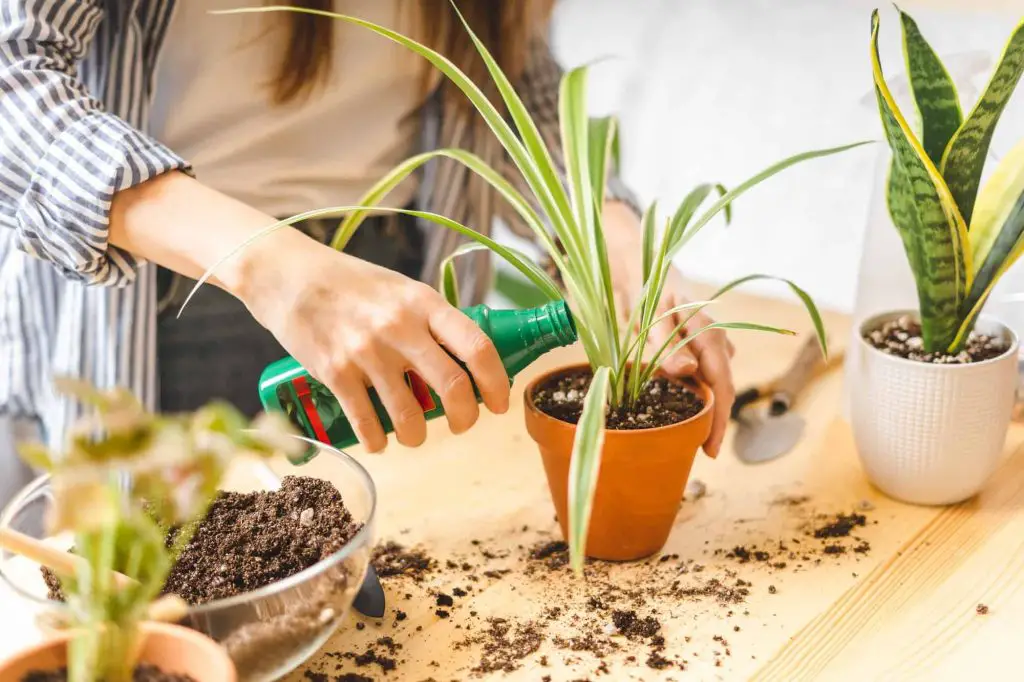
Fertilizers provide additional nutrients to the soil thereby boosting the growth of the house plant. As much as fertilizing contributes to a plant’s survival, knowing the recommended fertilizer and the amount required per time is important.
7. Infestations
Infestations occur when a large number of insects or pests invade your houseplant. Infestations are difficult especially when the plants start getting affected.
They occur when the houseplant soil is dry or when infested outdoor soil is used for an indoor houseplant. The sign that your house plant is being affected by pests is a change in color of leaves and holes on leaves. If infestations are not detected and treated early, it could take a hard toll on the house plant.
8. Repotting
Repotting is needed when the house plant soil has to be changed and the plant has outgrown the container. The soil of pot-grown house plants loses nutrients over time and requires change.
Soils lose nutrients over time and cause a decline in plant growth. Refusal to repot plants leads to root binding and this prevents the root from getting the adequate nutrients required.
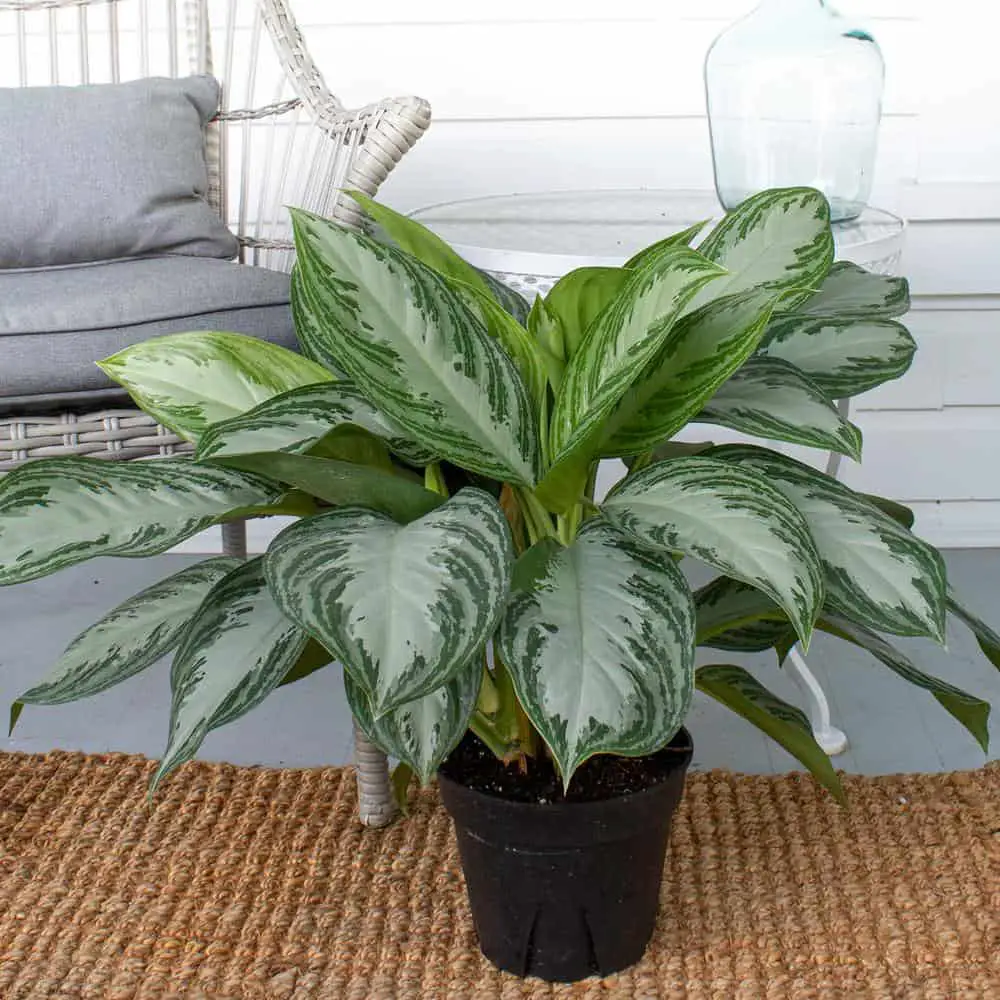
9. Environmental Shocks
Some house plants do not do well with shocks from being moved to a different environment. A slight change in temperature and humidity level can affect plants negatively causing plants to weaken and die.
If you have recently changed your house plant’s environment and you notice leaves falling off or plants dying, environmental shock may just be responsible.
10. Pruning
Asides from maintaining the shape of houseplants, pruning helps eliminate unhealthy portions of plants and allows even spread of nutrients to all parts of the house plant. When plants are not frequently pruned, they struggle for the nutrients available which adversely insufficient.
How to Revive Dying Houseplants
In attempting to revive a dying house plant, identify what caused the decline and how far gone the house plant to determine if the plant has a chance at survival. The following measures can help revive your house plant:s
- Repotting: Repot the plant by changing the soil; seeing that new soil has adequate nutrients required for the survival of the plant, gives the plant a fresh start and a better chance of survival.
- Lighting: If inadequate lighting is responsible for the decline; provide bright but indirect sunlight for the plant. Artificial lighting can be used in place of sunlight. In the case of direct exposure to sunlight, provide shades to shield the plants.
- Watering: Modify your watering schedule to suit the need of the plant. If the plant has been overwatered for long, soil change is necessary. You would have to reduce watering to the barest minimum to allow roots to recover fully. Check the soil texture before and after watering to gauge the amount of water required. At the end of watering, the soil must be moist and not soggy.
- Potting: In selecting pots or containers, drilled ones are appropriate for all house plants. They help prevent waterlogging
- Humidity: Provide a humid environment for your tropical house plant. Humidifiers and misting leaves provide the appropriate atmosphere and environment for the house plants. In the winter season, outdoor plants should be moved to a warmer environment.
- Infestations: If an infestation has not gone out of control, insecticides or insecticidal soaps can be used to ward off pests and insects. Remember to separate affected plants from healthy ones to curtail the spread.
- Fertilizing: Most times, dying house plants have to be repotted to give them a fresh start. If over-fertilizing is not responsible for the decline, it would help boost the growth of the plant. On the other hand, if over-fertilizing is the cause of decline, after repotting, avoid using fertilizers to allow the roots to recover.
- Pruning: Once the plant becomes too bushy, prune to eliminate unhealthy portions. While pruning, sterilize equipment before use to prevent the spread of infestations. In addition, before moving an outdoor plant indoors, ensure the plant is not infected. Seclude it from other plants for a while to detect signs of infestations and to curtail the spread of infestations.
- Environmental shock: If the houseplant is prone to shocks from environmental change, avoid changing the environment except in unavoidable cases. When the change of environment occurs, choose a permanent location for the plant and nurture it appropriately. In no time, the plant would rebound.
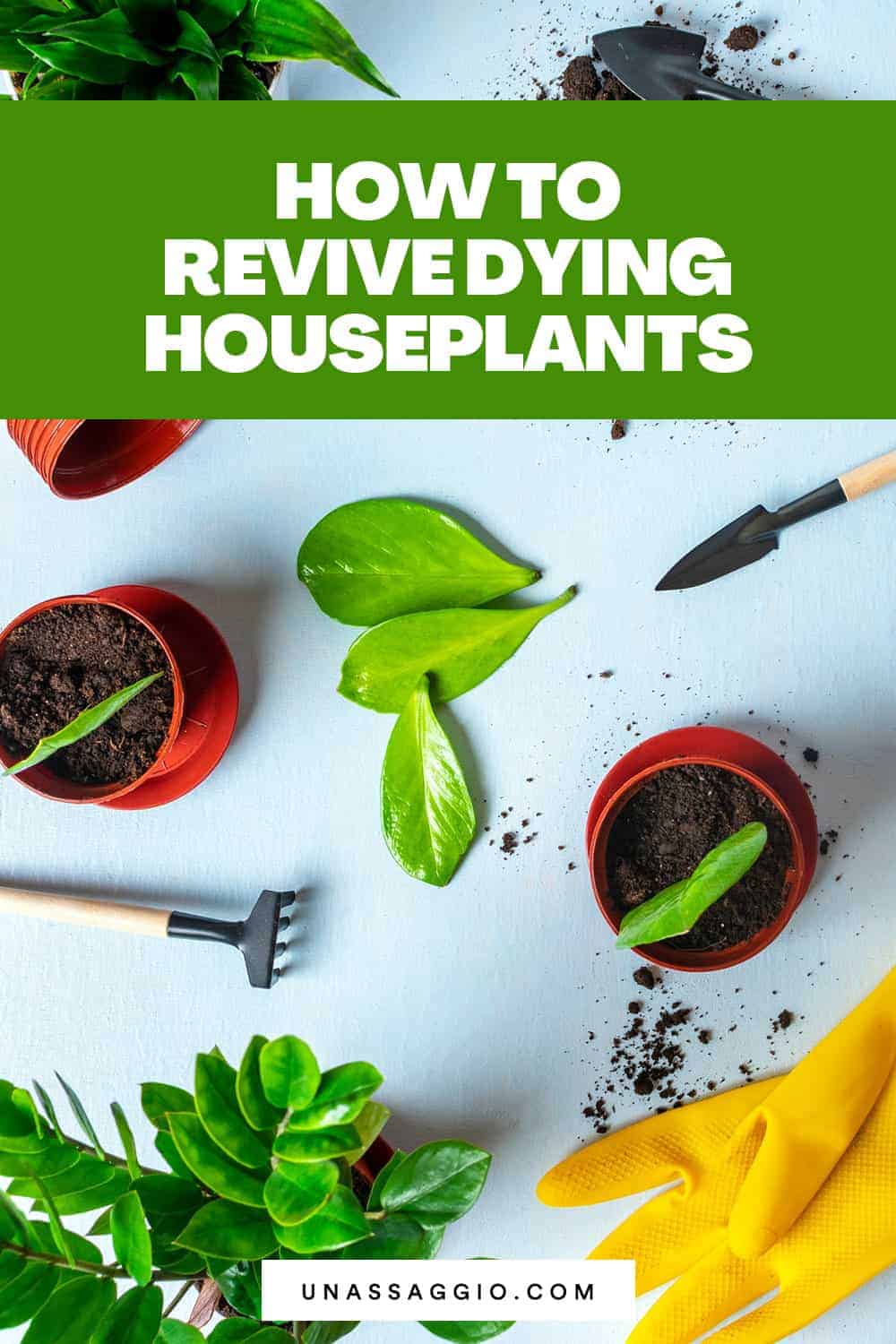
Final Note
Whether or not a dying house plant would survival is dependent on how far gone that plant is. If all measures offered above seem ineffective, it may be time to discard such a house plant and start a new propagation but this time well equipped with adequate information.

